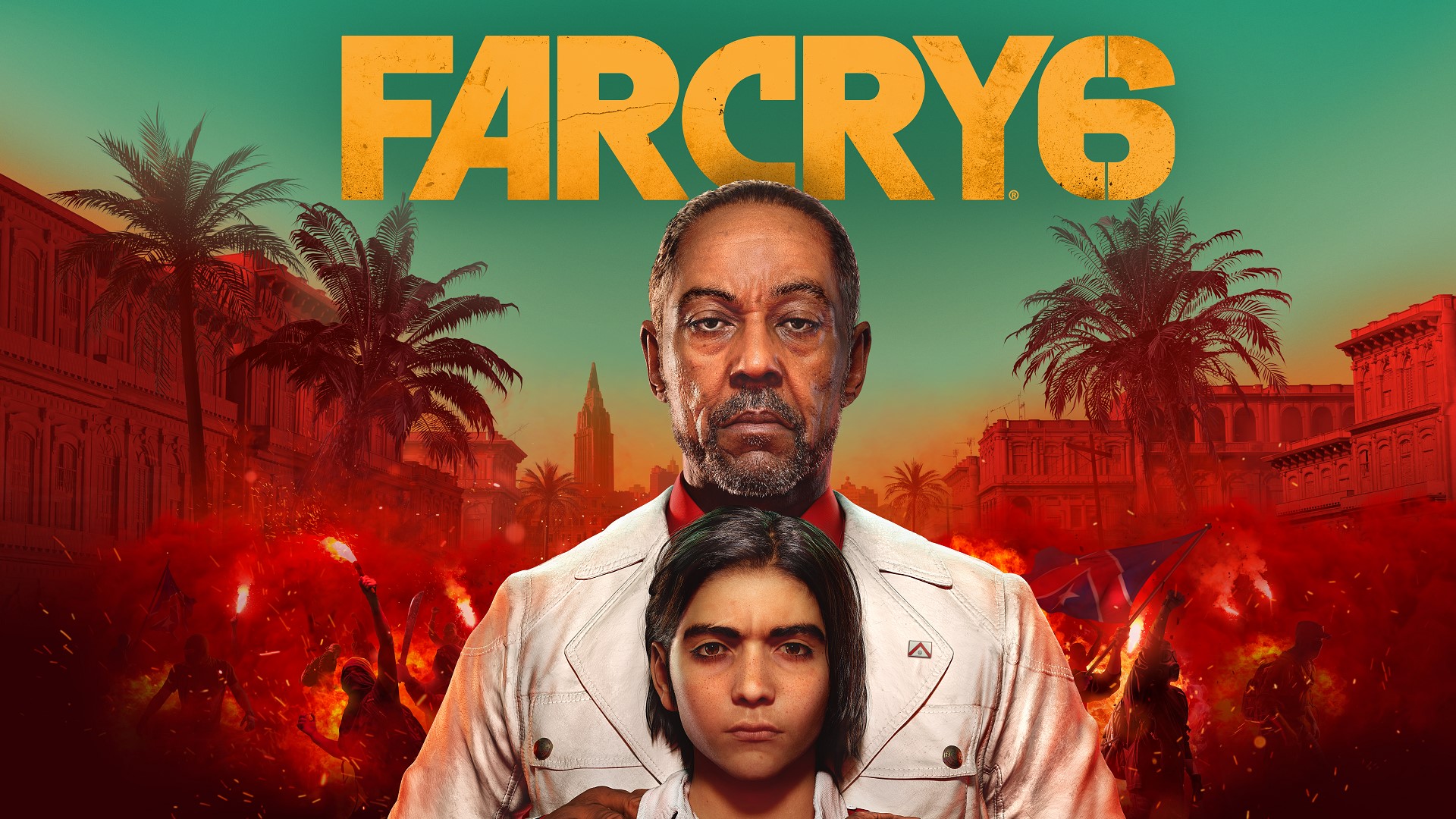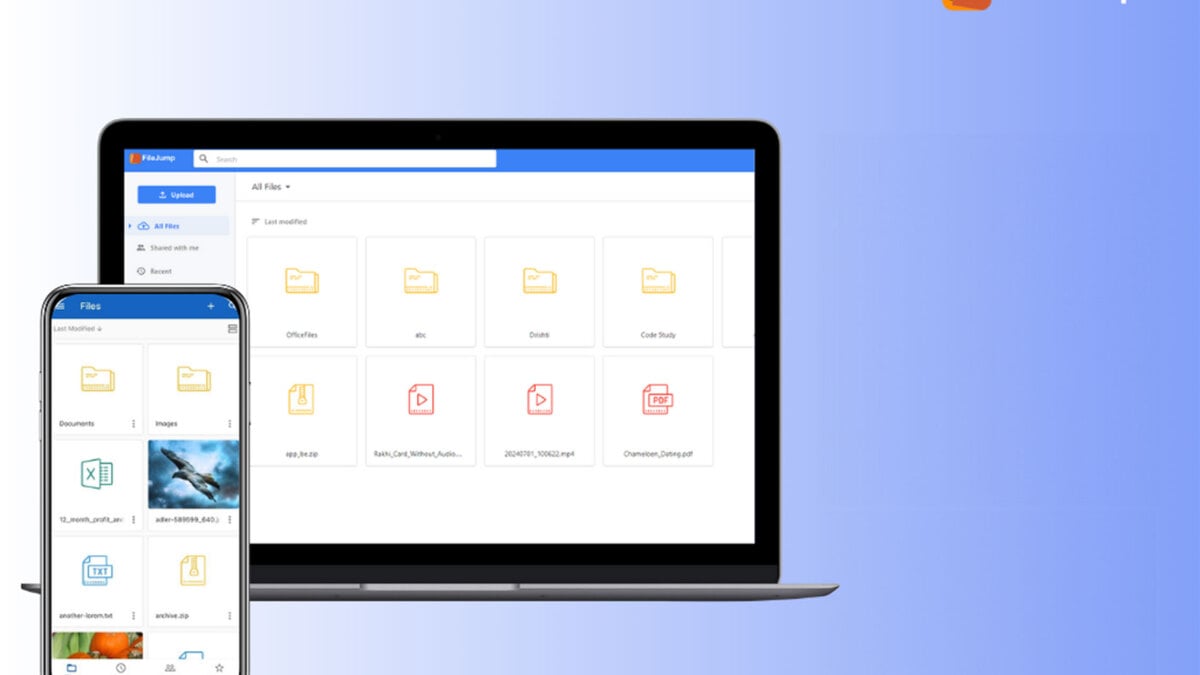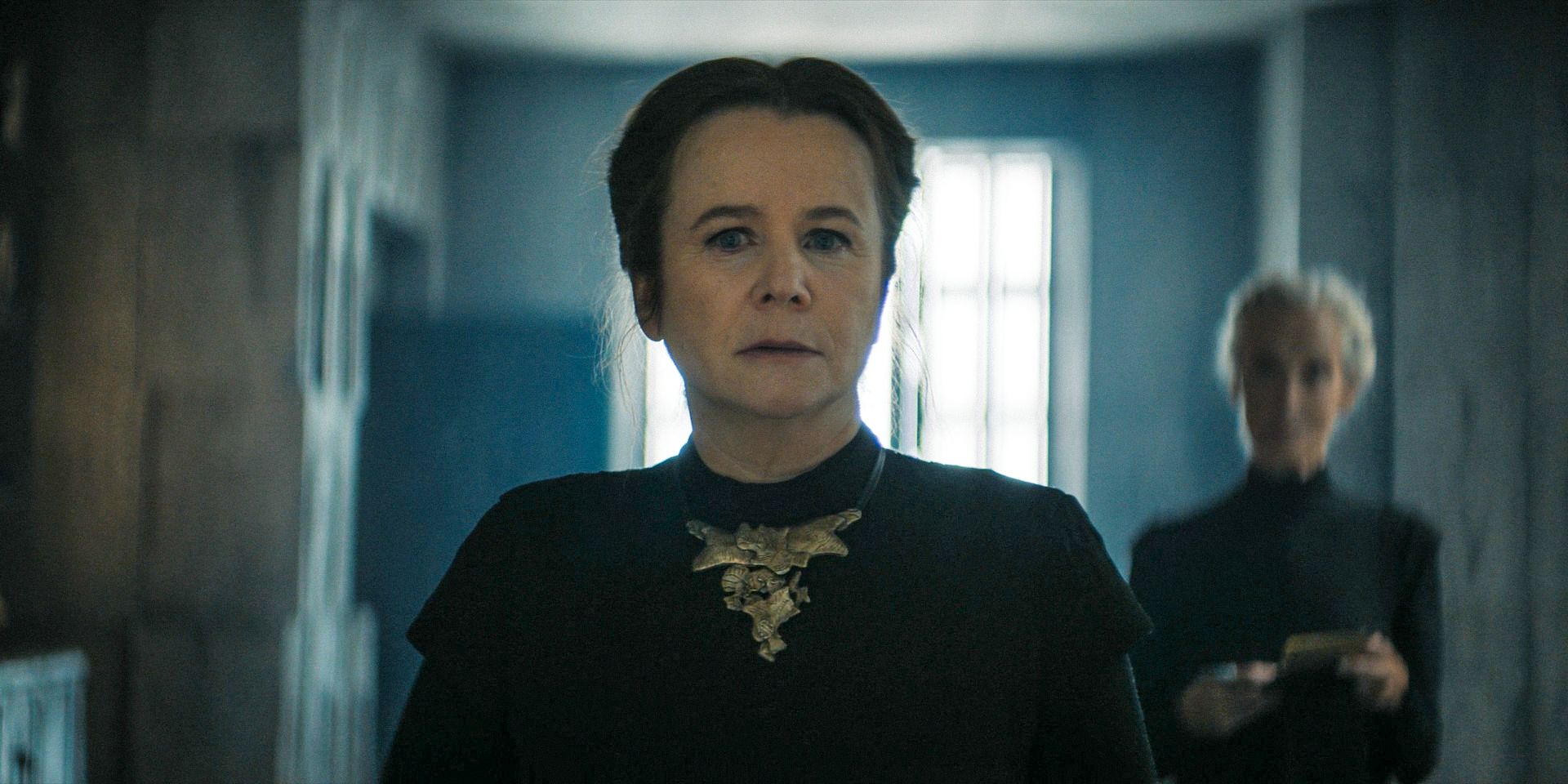Introduction
On May 28th, Ubisoft presented the upcoming game Far Cry 6, the latest entry in this well-known franchise. In case you do not know this series, it’s a first-person shooter taking place in an open world. The games’ narrative gives the player the task of surviving in a hostile environment through action packed encounters, stealth, exploration and crafting while following a series of story and side missions to turn the tide in their favor. Usually, the main villain is the most charismatic of the characters, represented this time as the dictator Antón Castillo, voiced by Giancarlo Esposito. However, in past entries some really colorful NPC companions have turned this into a competition for the fans’ love. Who can forget Boomer or Hurk from Far Cry 5? It seems the new favorites might be a crocodile named Guapo who can wreak havoc on enemies, although I must say the adorable and brave dog Chorizo stole the show for me.

We had the chance to take a look at all this and more in a presentation, but our most desired information is the same as yours: Accessibility. Ubisoft has been working a lot in the last years to open their games to a wider audience through the implementation of options and features that help customizing the experience in many ways. Far Cry 6 is no exception and you can read the full list on this post on Ubisoft’s news site here. It is a long list, with descriptions of every feature and for what aspects of disability they were introduced.
Something that was obvious from reading it was how the approach is not just about more features but also about the evolution and quality of them. The presets for easier on-boarding or the persistent outlines for enemies are just a couple of them but the ones that really caught my eye were in the remapping system. Now you can use holds, single presses and toggles mixed to make everything customizable and less exhausting, allowing gamepad users even to automatically move with a single stick press. These and other changes show a maturity that feels like a big step forward.
Interview
To learn more about some of these features we had an interview with Douglas Gregory, from Ubisoft Toronto.
The Accessibility features list is quite long and detailed. It feels like a lot of considerations and work have gone into trying to open the game to a wide audience. Based on this list, I have some questions that I hope you can answer. But first, could you tell us a bit about yourself?
Douglas: So, my name is Douglas Gregory. I am a Game Designer at Ubisoft Toronto studio. And I’m mostly responsible for things like the in-game economy and progression features. But I’ve also helped to consult on some of the accessibility features, which are mainly being developed by our team and Ubisoft Kyiv.
At what point was Accessibility considered for this title?
Douglas: Accessibility was a core part of our plan right from the very beginning. So as soon as I joined the project, we already had what we call a Product Deliverables List, PDL, and accessibility features was one of the high priorities on that item already. That was almost three years ago now.
Far Cry 6 seems to support extensive controller remapping. For navigating menus one of the most common issues in the past was hardcoded keys controls for exiting menus with Escape, or the way Photo mode worked. Has this been taken in consideration?
Douglas: It’s an excellent question. Yes, absolutely, we listened to that feedback. We have made sure that the menu escape controls as well as the controls to access photo mode and all the controls you use inside photo mode are all individually customizable.
The features list mentions that “Any game or menu action can be assigned to any button or stick direction on press, hold, double-press, or by combining two different inputs at the same time (eg. holding two buttons together).” This sounds very promising. There were glimpses of this in another Ubisoft title, Ghost Recon Breakpoint, but this seems more extensive. Could you elaborate?
Douglas: We wanted to definitely build on the success that we had with Ghost Recon Breakpoint and then see how much further we could take it. Some of the things that we’ve added, as we discussed previously about menu controls are now customizable as well. So not just the gameplay controls. It’s also possible to assign any action or state not just to a button, but also to combinations of two inputs, which can include stick movements, stick presses, button or trigger as valid inputs and also for any state. So for instance, a walk forward state, you’re able to set up a toggle or a hold mode so you can decide whether you want to be holding that stick forward while walking forward or if you want to press forward to start walking forward and then press again to stop.
That sounds like a certain advance. Is that possible for keyboard and mouse controls as well?
Douglas: Right now this is based on the GamePad mappings. In keyboard controls, entering aim-down-sights or crouching mode can be configured to use either holds or toggles. Switching movement or camera rotation directions to toggles rather than holds is supported for gamepad only.
For gamepad users that sounds particularly useful. It is similar to the auto movement feature that we have already seen in other games in the past, but more organic and integrated into the control scheme. Is this correct?
Douglas: Yes, we wanted to make it so that this was a universal or as universal as we could, rather than making it a special case for each control. Now, of course, it does allow the player very deep customization but also can be tricky to set up. If you want to change a lot of controls, this can be many, many options to go through. To help with that, we’ve also introduced different presets that allow access to very commonly used sets of controls, or the ones we think are going to be most immediately useful. So that for like a one click, you can get to something that’s going to be in the right ballpark. And then players can go and customize the individual items beyond that.
Aim assist and lock-on are present in the list of accessibility features, but in the past some were only available when using a controller. Which of these features will be available and for what types of control devices?
Douglas: They are currently for gamepad only.
I hope with time users of other control devices can get some of those features too, as many people would really appreciate it. I am sure we’ll get there, one step at a time.
Now let’s move to visual and cognitive. There are some interesting options for customizing the map road colors and HUD. To what extent can players add custom markers to the map, or filter what types of icons are presented?
Douglas: The player is able to add a custom waypoint to the map that will be displayed both on the map and in their HUD for navigating to. That’s the only type of new marker that the player is able to add. The map is also filterable at four different zoom levels that progressively reveal more icons. So by navigating to a different zoom level, you can choose which set of icons that you want to see at a time.
Once again, about color customization. The outlines for enemies and items are good features for more than one aspect. Do these outlines for enemies remain visible if they are not behind objects, like cover?
Douglas: By default, when you first come across an enemy you haven’t come across before, the outlines will only be displayed where you can see them directly, not through walls or obstacles. However, if you tag the enemy, by either aiming at them or using something like a perception device, then those outlines will be visible through obstacles from then on. We also have additional special abilities in the game let you see him his through obstacles.
In the Far Cry series, enemies have traditionally had an icon on top of them that indicates their type, like sniper or armored. Are these indicators present in Far Cry 6? And if so, do the UI and HUD customization features allow to adjust the size and color of these icons?
Douglas: Yes, absolutely we do have those icons, they are making a return. The player will be able to customize their on screen size between default size and increase size, as well as customize their color. Players can also individually toggle these icons on and off.
The Speech-to-Text feature is probably one of the most demanded by players with visual disabilities. How does this work in Far Cry 6? For example, does it read item descriptions, mission objectives, crafting recipes?
Douglas: When you arrive at a menu, the voice will narrate what the menu is as well as what hotkey actions you can take from there. And then it will proceed to narrate wherever the current cursor is located. If you select, say a weapon in your inventory, it will read out the name of the weapon, the type of the weapon, then it will read out the stats of the weapon, and then followed by any attachments on the weapon. It will give you all of the information that you’re able to see visually, sequentially. Also, while you are in game, it will be reading things like say interaction prompts or changes to your mission objective.
When you actually go through the crafting interface, is a fairly conventional grid of icons that you move your cursor between, and so you move your cursor to the item that you want to craft, you’ll have a little tooltip, and the narration will read the contents of that tooltip letting you know what it is you’re about to craft, what it is that it does and the cost.
That sounds quite complete. One of the best uses of Text-to-Speech we have seen in Ubisoft titles were the Immortals Fenyx Rising menus. Given the complexity of previous Far Cry titles I must honestly say I wasn’t expecting such an improvement, but I must say it sounds very promising.
Douglas: Well, I won’t claim it’s perfect. It is still absolutely an area where we’re learning and trying to improve all the time. But I think we have a fairly comprehensive system, and I am looking forward to players getting a chance to try it and tell us how we can do even better next time.
Sound is very important to create an immersive experience and of course sound feedback is a key element for a game’s accessibility, like having a sound that tells you when you successfully hit a valid target. What kind of sound cues can players expect in this regard?
Douglas: A few that we have got implemented are different sound cues, when you encounter a door that is locked, and you don’t have the key versus the door for what you do have the key. Now they will make different sound cues. We also have a special sound cue that plays for the last bullet in your magazine, that gives you a bit of a cue about when it’s time to reload. Other things that are maybe more conventional, like electricity, and water, you will be able to hear that there’s that hazard there. And you we also have a special sound that plays when a headshot connects, so you are able to know when you’ve actually successfully landed a headshot. In addition to the headshot sound cue we discussed, there are also distinct sounds based on the material struck. Hitting an enemy’s body will make a different sound than striking their helmet, or from striking the wall behind them.
That has been very informative. Is there something in particular that you want to tell our readers about the Accessibility in Far Cry 6? Something that you want to highlight?
Douglas: Hmm, I would say, just coming back to a topic we discussed before, one of the new things that we’re trying in Far Cry is larger set of presets. So not just the control presets that we discussed earlier, but actually a set of accessibility presets. When you first launch the game, you will have one click access to enable all vision settings are all cognitive settings, or all motion sensitivity settings, to help players both speed up their customization of the game, as well as make those options more discoverable. So if players know that they’re having trouble with something, but they’re not sure exactly what setting they need to change, this should make it a little bit easier to find a group of settings that are likely to help.
That is a good point, the presets are a great approach. Discoverability is a part of accessibility that is not often considered. Having for example that first switch that tells you immediately how to turn on menu narration is probably the clearest example. Not only does it help the player to traverse the rest of the setup process but also makes the player feel welcome, actively invited to a game.
Douglas: I’m also hopeful that it will, as we talked about before, reduce some of the risk of being overwhelmed by the settings. By having them kind of parceled up into more bite sized pieces, and then players can choose to go deeper when they want to. That is something we’re learning, I think, as an industry that having these options is good, but if the players can’t find them, if they don’t know they’re there or don’t know how to access them, then they’re not really pulling their weight. They’re not really doing the giving the benefit that they could.
Closing Words
I want to thank Douglas and the Ubisoft team again for taking the time to talk with me. This practice of offering information on games’ accessibility way before release is starting to get more traction in the industry and hopefully one day it will become a standard, as it benefits both publishers and players. In this case it was released over four months in advance. Thanks to the detailed feature list and what we learned from this conversation, I think we all have a better idea of what to expect from Far Cry 6 and that makes me look forward to the game’s release on October 7th with expectation, not uncertainty.


Antonio I. Martinez has Spinal Muscular Atrophy Type 3 and has been a gamer for most of his life. His background formation in computer programming and English compose his basic skill set. Previously mobility editor for Can I Play That, founded this new project to inform other fellow gamers and offer actionable feedback. As consultant, his work includes publishers like Xbox, Ubisoft and Rebellion. Beyond self-advocacy, he’s done webinars, talks and participated in many interviews on different media channels to educate about the importance of accessibility in games. Judge for The Game Awards and the AGDAs. You can contact him on Twitter/X at @Black1976
Gaming Center
Gaming center adalah sebuah tempat atau fasilitas yang menyediakan berbagai perangkat dan layanan untuk bermain video game, baik di PC, konsol, maupun mesin arcade. Gaming center ini bisa dikunjungi oleh siapa saja yang ingin bermain game secara individu atau bersama teman-teman. Beberapa gaming center juga sering digunakan sebagai lokasi turnamen game atau esports.



